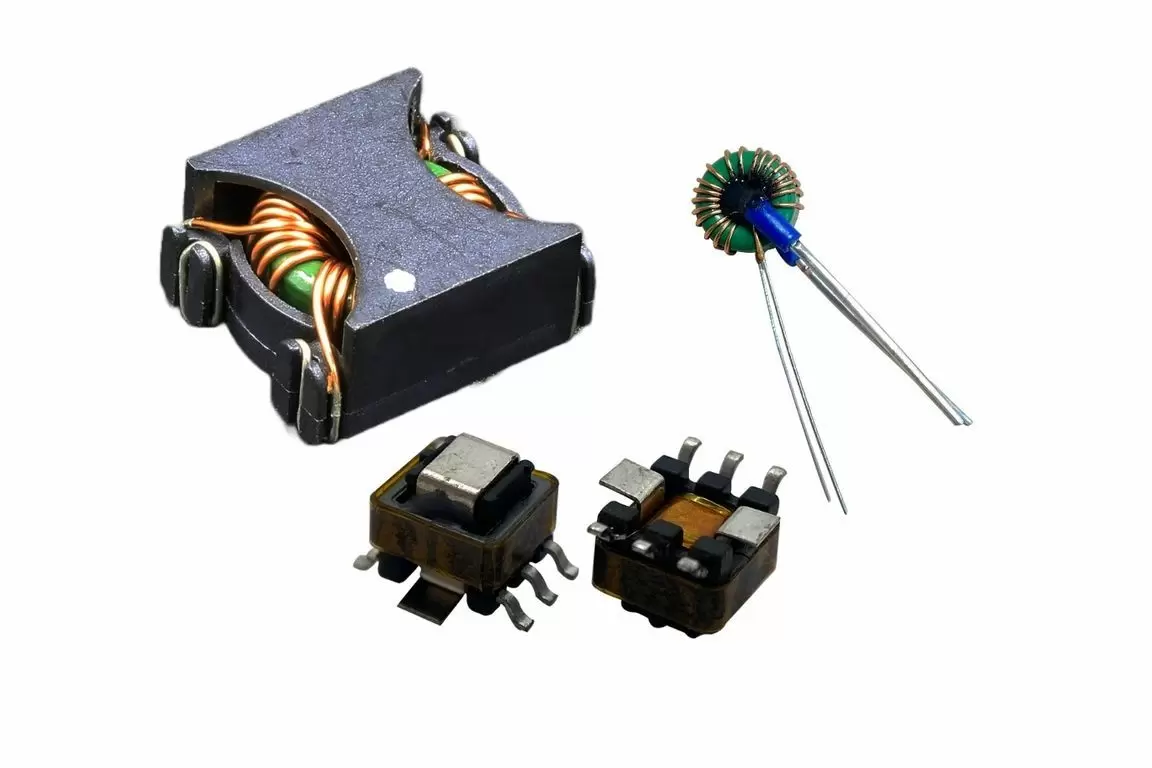Transformers are essential devices in the field of electrical engineering, playing a crucial role in power distribution and voltage regulation. Understanding the components that make up a transformer is fundamental to comprehending its functionality and efficiency. In this article, we will delve into the intricate world of transformers, exploring their key components and their significance in the overall operation of these remarkable devices.
- Core:
At the heart of every transformer lies the core, which serves as the magnetic pathway for the flow of energy. Typically made of laminated steel, the core minimizes energy losses by reducing eddy currents and hysteresis. Its design and material selection are critical factors in determining the transformer's efficiency and performance. - Windings:
The windings, consisting of primary and secondary coils, are responsible for transferring electrical energy from one circuit to another. The primary winding receives the input voltage, while the secondary winding delivers the output voltage. These windings are carefully insulated to prevent short circuits and ensure efficient energy transfer. - Insulation:
Insulation materials are crucial for maintaining the integrity and safety of a transformer. They prevent electrical leakage and protect the windings from damage caused by temperature variations, moisture, and external contaminants. Common insulation materials include paper, varnish, and insulating oils. - Tap Changer:
To regulate the output voltage of a transformer, a tap changer is employed. This component allows for adjustments to the turns ratio, enabling voltage control and compensation for fluctuations in the input power supply. Tap changers can be either on-load or off-load, providing flexibility in adapting to varying load conditions. - Cooling System:
Transformers generate heat during operation, which must be dissipated to prevent overheating and ensure optimal performance. Cooling systems, such as oil or air cooling, are employed to maintain the transformer's temperature within acceptable limits. Efficient cooling enhances the transformer's lifespan and reliability. - Protective Devices:
To safeguard the transformer from faults and abnormal operating conditions, protective devices are incorporated. These devices include overcurrent relays, temperature sensors, and pressure relief valves. They monitor the transformer's parameters and initiate protective actions, such as tripping the circuit or activating cooling mechanisms when necessary.
Conclusion:
Transformers are intricate devices that rely on a combination of components to efficiently transfer electrical energy. From the core and windings to insulation and protective devices, each component plays a vital role in ensuring the transformer's reliability, performance, and safety. By understanding the inner workings of transformers, engineers can design and optimize these devices for various applications, contributing to the advancement of modern electrical systems.


